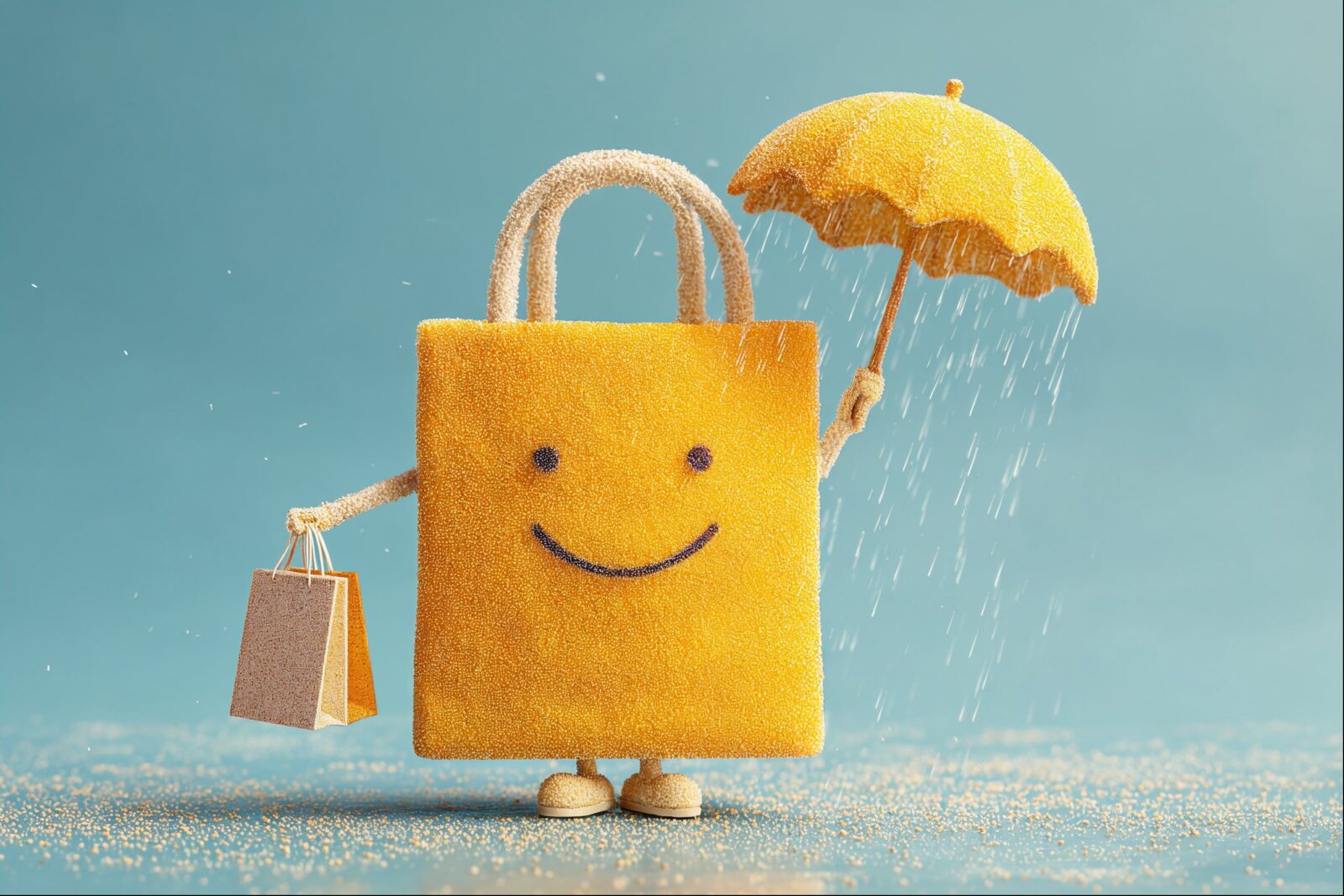Science shows money can boost happiness. But only if you spend it strategically.
You’ve heard it a thousand times: money can’t buy happiness. But the truth is more nuanced. Decades of research in psychology and behavioral science have shown that money can indeed increase happiness. The problem is that most people spend it on the wrong things.
When you spend money on the right things, your well-being measurably improves. Here are 10 purchases proven by science to increase happiness.
Item #1: Experiences Over Things
If you have $200 to spend, should you buy a gadget or a concert ticket? The research is detailed: buy the ticket.
Experiences deliver more lasting happiness than material purchases. Your brain adapts to physical objects quickly, but memories become more valuable over time. Experiences also generate anticipation (itself a source of joy) and become part of your identity in ways possessions never do.
Item #2: Time-Saving Services
Time scarcity causes more stress than money scarcity. Feeling rushed and overwhelmed is a bigger predictor of misery than financial strain.
This is why buying back your time works so well. Cleaning services, grocery delivery, lawn care, and meal prep boxes aren’t indulgences. They’re investments in mental health. Studies show people who spend money to save time report significantly higher life satisfaction.
Item #3: A High-Quality Mattress
Sleep is one of the most underrated factors in happiness. Poor sleep can wreak havoc on your mood, patience, and stress resilience. Chronic sleep deprivation is linked to anxiety, depression, and cognitive decline.
A quality mattress costing $1,500 over ten years works out to about 41 cents per night. That’s a small price for dramatically better sleep and everything that comes with it.
Item #4: Plants and Natural Elements
Humans evolved surrounded by nature, and our brains still crave that connection. Indoor plants reduce stress, lower blood pressure, improve mood, and increase productivity.
You don’t need a jungle. A few houseplants or a windowsill herb garden can trigger these benefits. Psychologists call it “micro-dose nature exposure,” and it gives your brain the natural stimulation it craves.
Item #5: A Gym Membership or Home Fitness Equipment
Exercise is one of the most effective interventions for mental health that has ever been discovered. For many people, regular physical activity is as effective as antidepressants for treating mild to moderate depression.
Movement releases endorphins, increases serotonin levels, and reduces cortisol levels. A gym membership creates accountability. Home equipment removes friction. Even a yoga mat or resistance bands can lower the barrier enough to make a difference.
Item #6: Books That Support Growth
For $10 to $20, you can access ideas that took someone else a lifetime to develop. Reading reduces cortisol more effectively than many relaxation techniques. Fiction increases empathy. Self-development books provide tools for improvement.
Build a reading habit, even just fifteen minutes before bed. The cumulative effect on your happiness and capabilities is profound.
Item #7: A Journal You Actually Want to Use
Gratitude journaling is one of the most well-supported interventions for promoting happiness in positive psychology. People who regularly write down things they’re grateful for show improvements in well-being that last for months.
Consistency matters most, and consistency often depends on aesthetics. A beautiful journal you enjoy opening is far more likely to become a lasting habit than a cheap notebook stuffed in a drawer.
Item #8: Tools for Social Connection
Relationships are the single strongest predictor of human well-being. Nothing else comes close.
This is why purchases that facilitate bonding have enormous returns on happiness. Board games, hosting supplies, conversation card decks, and hobby gear that connects you with communities all serve as infrastructure for the most critical factor in human happiness.
Item #9: Hobby Materials
“A Flow state” occurs when you’re fully absorbed in a challenging yet achievable activity. It’s most commonly experienced during hobbies, such as painting, music, crafts, puzzles, and baking.
Hobbies regulate mood, provide a sense of accomplishment, and create meaning outside of work. Paint supplies, instruments, and craft materials open doors to flow states that can transform your daily experience.
Item #10: Something That Helps You Give to Others
Spending money on others makes you happier than spending it on yourself. Researchers refer to this as “prosocial spending,” and the effect is consistently observed across cultures. Brain imaging shows that giving activates the same reward centers as receiving.
Small gestures work just as well as large ones. Buying coffee for a stranger, sending unexpected gifts, or donating to causes you believe in all tap into this powerful source of happiness.
The “Buying Happiness” Formula
Research suggests three simple rules:
Buy experiences. Memories outlast material goods, and anticipation adds joy even before the event occurs.
Buy time. Time scarcity is a significant contributor to modern unhappiness. Outsourcing tasks you dislike frees you for things that matter.
Buy connection or meaning. Anything that strengthens relationships or provides purpose delivers lasting well-being.
When considering a purchase, ask: Does it create an experience? Save time? Foster connection or meaning? If you answer yes to any of these, it will probably make you happier.
Happiness Isn’t About Accumulating. It’s About Aligning.
The happiest people aren’t those with the most possessions. They’re the ones whose spending aligns with what actually creates well-being: experiences, time, relationships, growth, and purpose.
Start with one item from this list. Choose whatever resonates most with your life right now. The science is on your side. Money can buy happiness. You have to spend it wisely.
